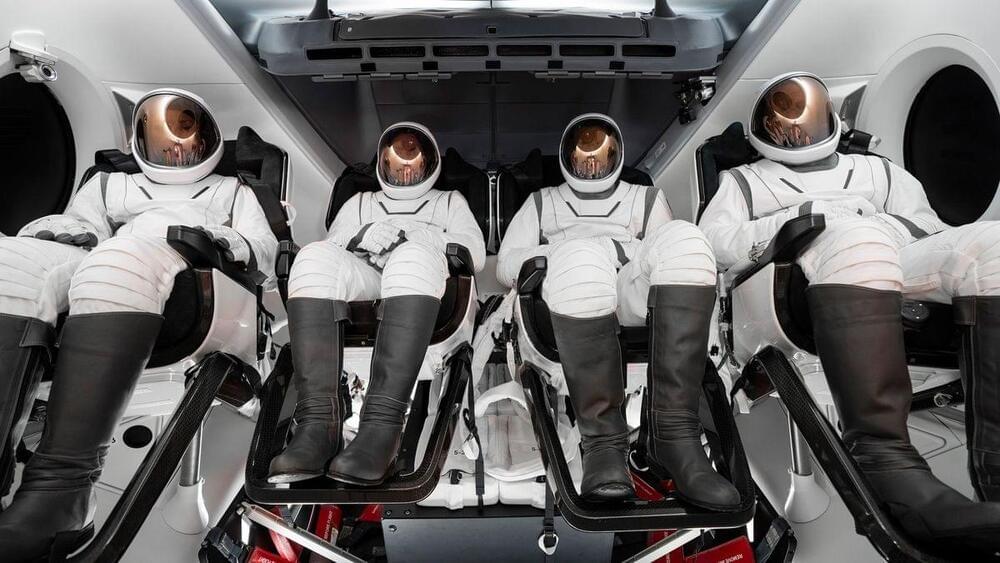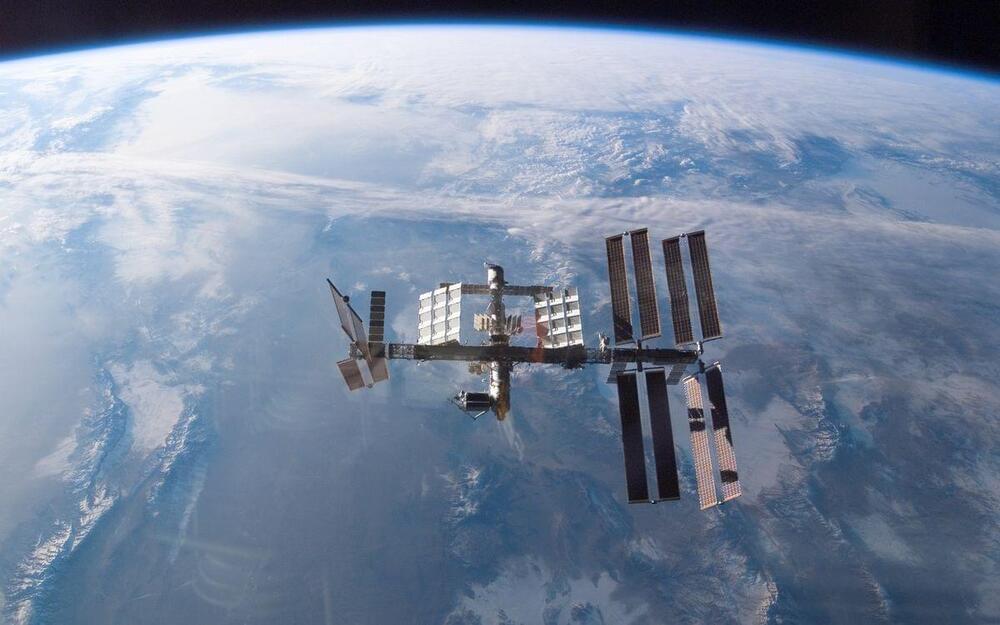Starship underperforms by 50%. Yikes!
Enjoy the videos and music you love, upload original content, and share it all with friends, family, and the world on YouTube.
Starship underperforms by 50%. Yikes!
Enjoy the videos and music you love, upload original content, and share it all with friends, family, and the world on YouTube.


SpaceX, with its rapidly expanding squadron of Starship rockets and super-capsules, looks poised to dominate the creation of humanity’s first base camp on the Moon.
As it ramps up producing Starship upper stages that can double as Moon-orbiting space stations or as spectacular lunar resorts, SpaceX is positioned to speed past NASA’s plans for Spartan astronaut habitats on the orb’s South Pole.
NASA’s “lunar surface habitat concepts are currently in early conceptual stages or pre-formulation,” Corinne Beckinger, a NASA representative based at the Marshall Space Flight Center, told me in an interview.
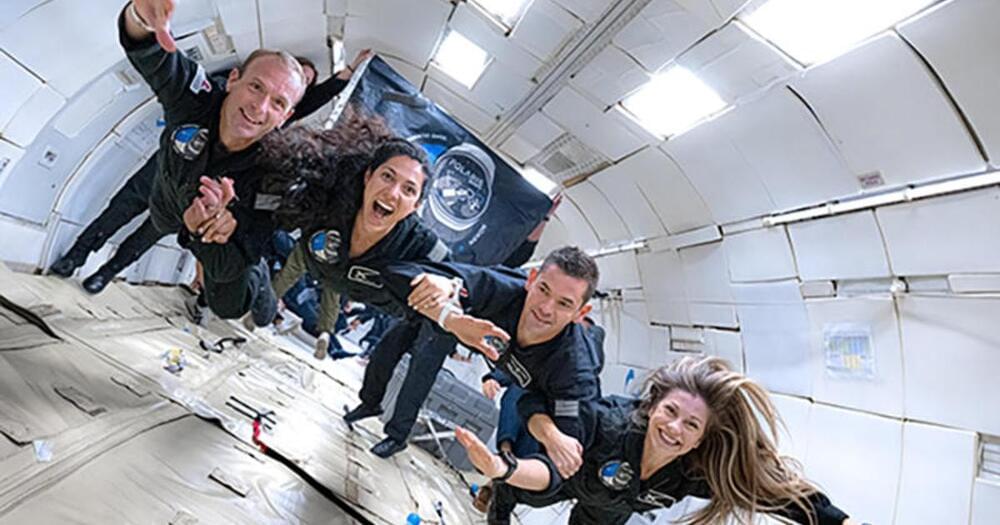
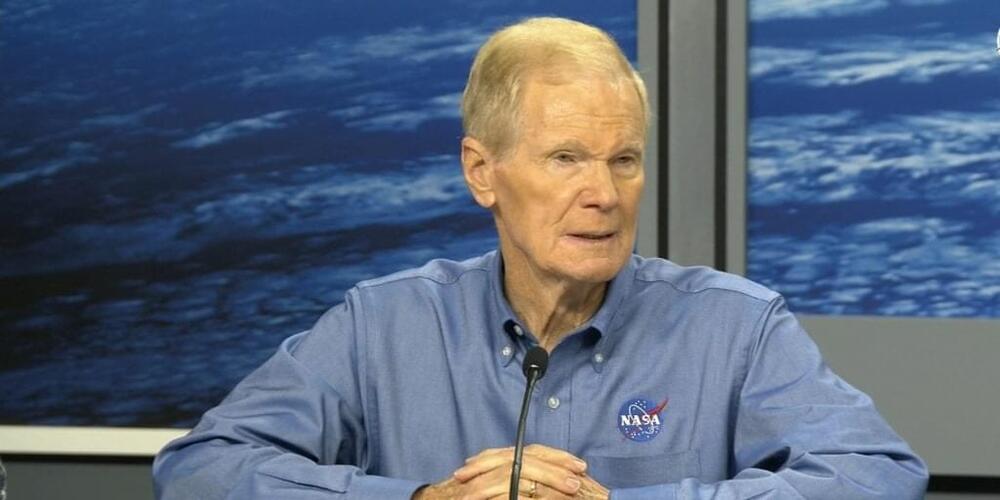
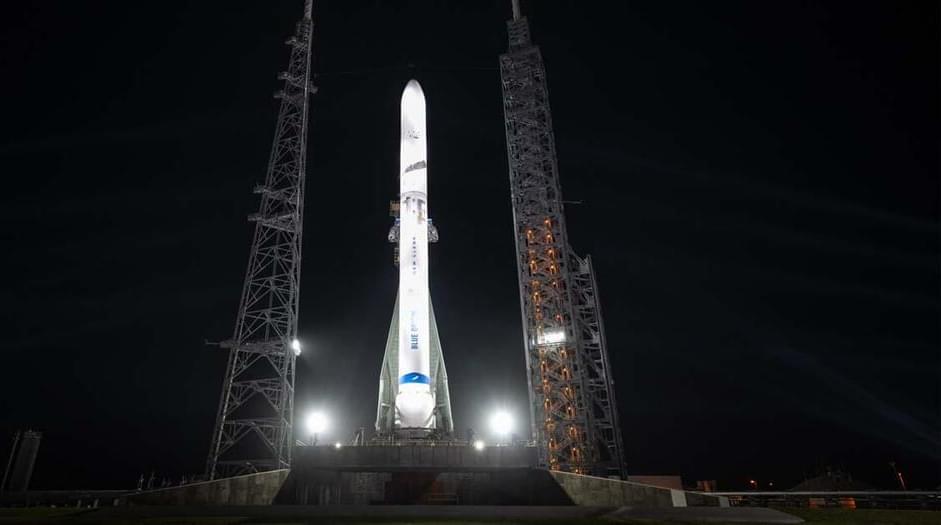
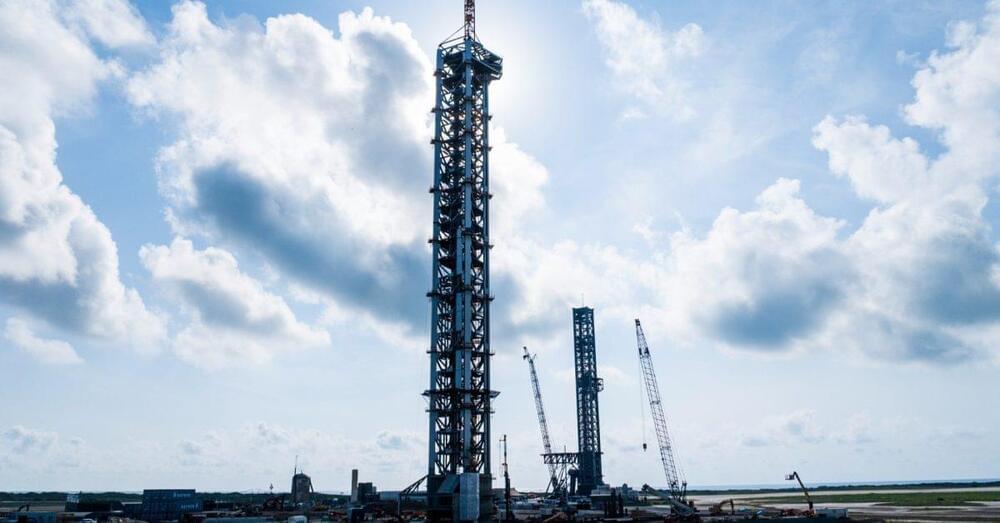
SpaceX finished construction of its second launch tower down at Starbase, Texas for its Starship rocket. This comes hopefully a few weeks out from the next launch of the company’s next generation rocket.
Over the last few months SpaceX has cleared land and constructed a new launch tower at its research, development, and launch facilities down at Starbase, Texas. This now gives the company three towers total for Starship, two at Starbase and one more over in Florida at LC-39A.
There is still plenty of work to be done at the pad, it still needs the launch table, chopsticks, plumbing for propellent, etc. However, the biggest and most prominent feature is now complete.
